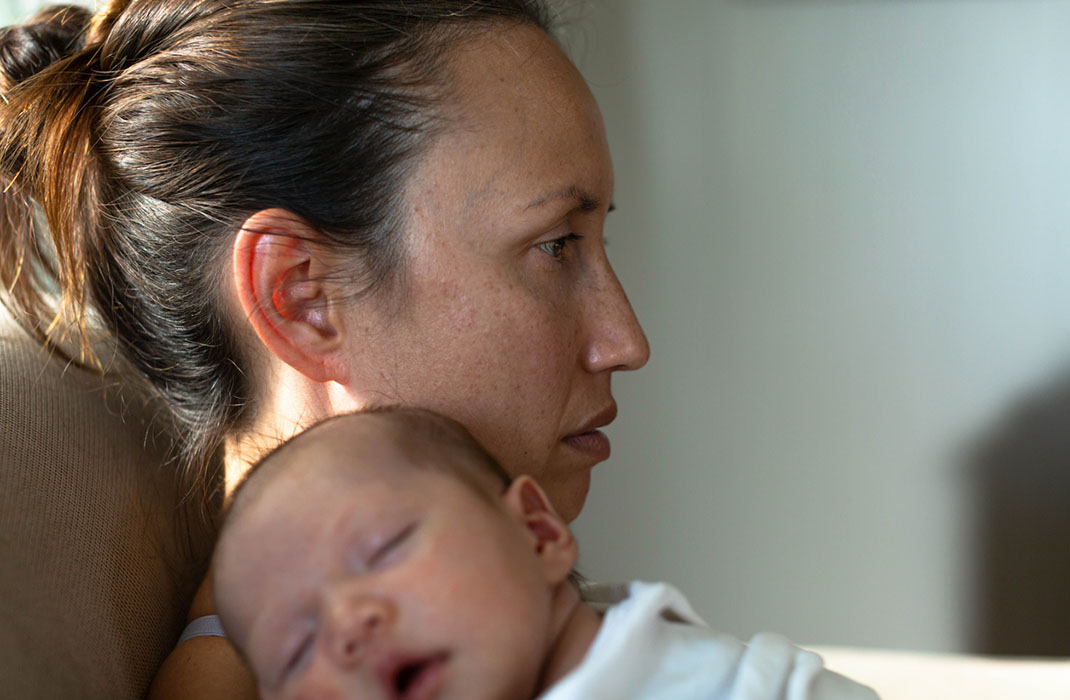-
- Find Care
-
- Visitor Information
- Find a Location
- Shuttles
- Visitor Policies
-
-
- Our Virtual Care Options
- Virtual Urgent Care
- Virtual Visits for Primary & Specialty Care
- Online Second Opinions
- Participate in Research
-
- Contact us
-
- For Innovators
- Commercialization Guide for Innovators
-
-
- Research News
- Alzheimer's Disease
- Artificial Intelligence
-
- Overview
-
- Overview
- Getting Started
- New to Mass General Brigham
- International Patient Services
- What Is Patient Gateway?
- Planning Your Visit
- Find a Doctor (opens link in new tab)
- Appointments
- Patient Resources
- Health & Wellness
- Flu, COVID-19, & RSV
- Billing & Insurance
- Financial Assistance
- Medicare and MassHealth ACOs
- Participate in Research
- Educational Resources
- Visitor Information
- Find a Location
- Shuttles
- Visitor Policies
- Find Care
-
- Overview
- Our Virtual Care Options
- Virtual Urgent Care
- Virtual Visits for Primary & Specialty Care
- Online Second Opinions
-
- Overview
- Participate in Research
-
- Overview
- About Innovation
- About
- Team
- News
- For Industry
- Venture Capital and Investments
- World Medical Innovation Forum (opens link in new tab)
- Featured Licensing Opportunities
- For Innovators
- Commercialization Guide for Innovators
- Contact us
-
- Overview
- Information for Researchers
- Compliance Office
- Research Cores
- Clinical Trials
- Advisory Services
- Featured Research
- Two Centuries of Breakthroughs
- Advances in Motion (opens link in new tab)
- Brigham on a Mission (opens link in new tab)
- Gene and Cell Therapy Institute
- Research News
- Alzheimer's Disease
- Artificial Intelligence
-
- Overview
-
- Overview
- Residency & fellowship programs
- Brigham and Women's Hospital
- Massachusetts General Hospital
- Mass Eye and Ear
- Newton-Wellesley Hospital
- Salem Hospital
- Integrated Mass General Brigham Programs
- Centers of Expertise
- Global & Community Health
- Health Policy & Management
- Healthcare Quality & Patient Safey
- Medical Education
- For trainees
- Prospective trainees
- Incoming trainees
- Current trainees
- Continuing Professional Development
Risk Factors for Postpartum Hemorrhage

Most people have healthy pregnancies and births. But a small number of patients develop serious conditions during and after birth that may threaten their health. One of these conditions is postpartum hemorrhage (PPH).
Fortunately, there are ways to help reduce your risk of having postpartum hemorrhage in some cases. Knowing the warning signs can help you get timely treatment to prevent serious complications.
In this article, Emily S. Reiff, MD, a Mass General Brigham obstetrician-gynecologist who cares for pregnant and postpartum patients at Brigham and Women’s Hospital, reflects on postpartum hemorrhage risk factors, warning signs, and ways to prevent it.
Heavy postpartum bleeding and hemorrhage after birth
PPH happens when you bleed more than you should after giving birth. Bleeding can occur because of injury or other problems with your cervix, vagina, uterus (womb) or placenta.
Most often, PPH happens when your uterus doesn’t contract (get smaller) quickly enough after birth. It may also happen when a piece of your placenta remains in your uterus after birth.
Postpartum hemorrhage risk factors
“Any patient can develop postpartum hemorrhage,” says Dr. Reiff, “But there are factors that raise the risk.”
These include:
- Being pregnant with more than one baby
- Long labor
- Cesarean birth (C-section)
- Having a bleeding or clotting disorder, or having conditions that affect your placenta or uterus
- Prior birth with postpartum hemorrhage
PPH can cause you to lose a large amount of blood very quickly. Fast treatment can bring about a full recovery. Without treatment, though, PPH can lead to a sudden drop in blood pressure, shock, or even death.
Keeping you safe and preventing birth complications
To help protect new mothers, doctors at Brigham and Women’s Hospital have created what’s known as an obstetric comorbidity index (OBCMI). This tool helps to assess the risk that each patient has of developing severe complications during or following birth. If a person receives a high score on the OBCMI, the Brigham and Women’s Hospital care team takes extra steps to protect the patient.
“For example, if a patient is at high risk for postpartum hemorrhage, we have blood ready in case they need a transfusion,” Dr. Reiff says. “And we have medicines immediately available to easily give to them as soon as they are needed.”
In other cases, some patients may be at risk for high blood pressure and now receive blood pressure devices to use at home. They also get information about what to do if their blood pressure goes up. A Brigham provider may ask you to come into the office for a check-up or change the amount of medication you take.
What are the signs and symptoms of hemorrhage after giving birth?
PPH typically happens immediately after birth. But it can also occur days later, after patients leave the hospital.
Signs and symptoms of postpartum hemorrhage include:
- Fast heartbeat
- Feeling faint
- Feeling lightheaded
- Pain in your pelvis or vagina
- Very heavy bleeding
Patients who have PPH symptoms should call 9-1-1, or go to the closest hospital emergency department. “We’re used to having lots of phone calls, and we would rather hear from you sooner than later,” says Dr. Reiff.
How to reduce your risk of pregnancy complications
You can protect yourself by taking these steps:
- Schedule a checkup with a high-risk obstetrician before you get pregnant (a preconception visit) and between pregnancies if you have any medical conditions that put you at risk of bleeding.
- Get regular prenatal care checkups during pregnancy. Be sure to keep all your appointments.
- Call your doctor or go to the hospital if you have symptoms.
- Follow your doctor’s advice about self-care during pregnancy and taking care of yourself after having your baby.
Not all complications can be prevented, but you can lower your risk. Working together, you and your care team can boost your chances of having a safe birth and a healthy baby.

